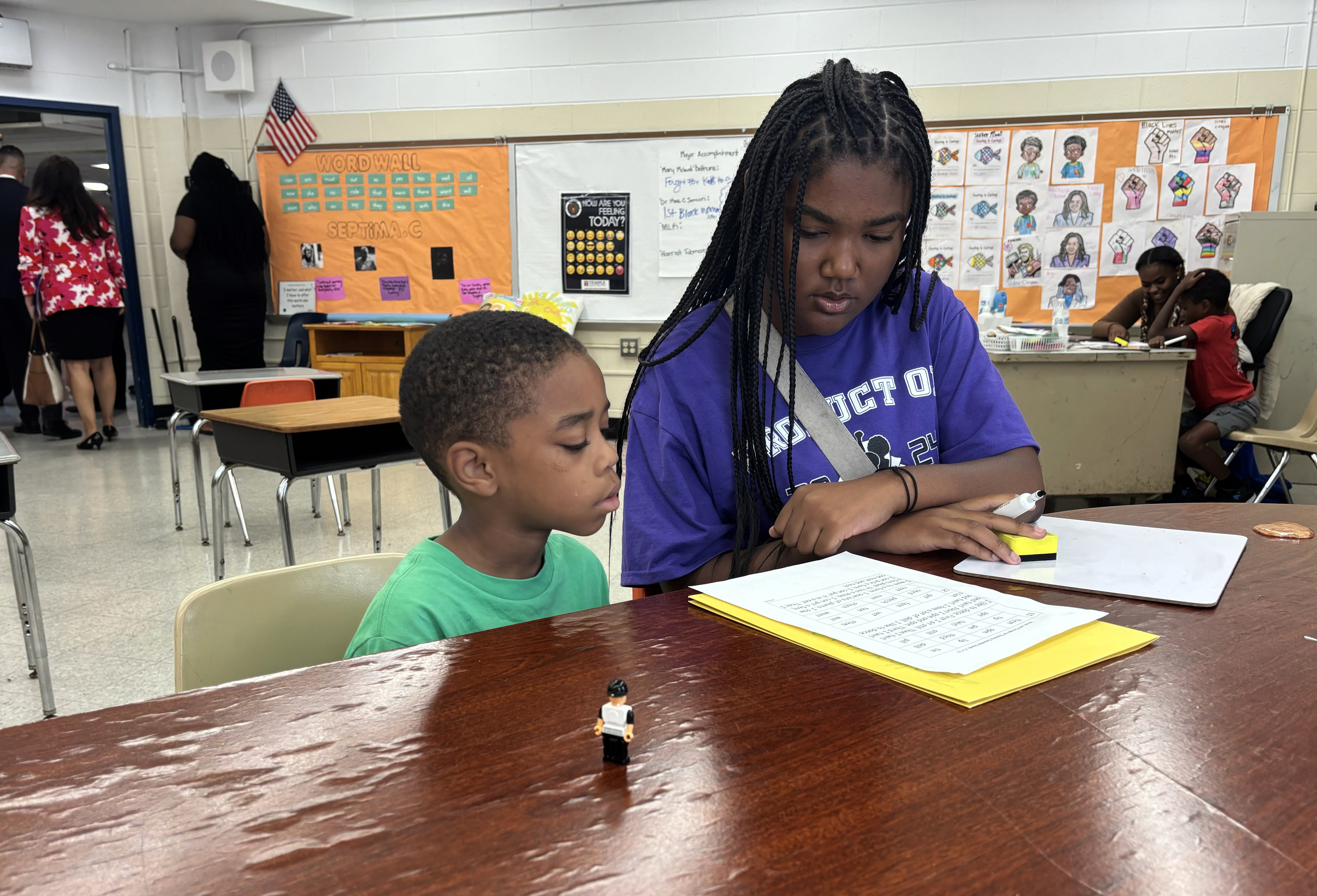Mississippi State University and Keesler Air Force Base Establish Educational Partnership
Introduction
Mississippi State University (MSU) has formalized an Educational Partnership Agreement with Keesler Air Force Base to launch a Bachelor of Applied Science (BAS) degree in Weather and Environment. This initiative aligns with the United Nations Sustainable Development Goals (SDGs), particularly SDG 4 (Quality Education) and SDG 9 (Industry, Innovation, and Infrastructure), by enhancing educational access and fostering innovation for military personnel.
Program Overview
Approved by the Mississippi Board of Trustees of State Institutions of Higher Learning in May, the BAS degree program is designed to provide Keesler Air Force members with a streamlined pathway to complete a four-year degree. The program enables airmen to transfer their technical training in weather-related fields directly for college credit, accelerating their academic progress.
- Integration of military meteorological instruction with applied science coursework
- Focus on real-world environmental applications
- Support for career advancement in both military and civilian sectors
Strategic Importance and Alignment with SDGs
This partnership supports several Sustainable Development Goals:
- SDG 4 – Quality Education: By providing accessible, high-quality education tailored to service members, MSU promotes lifelong learning opportunities.
- SDG 9 – Industry, Innovation, and Infrastructure: The collaboration fosters innovation through the integration of advanced meteorological training and academic resources.
- SDG 8 – Decent Work and Economic Growth: The program enhances professional development, enabling airmen to improve their employment prospects.
- SDG 17 – Partnerships for the Goals: The agreement exemplifies effective partnerships between educational institutions and military organizations to achieve shared objectives.
Institutional Roles and Contributions
- Keesler Air Force Base: Located in Biloxi, Mississippi, it hosts the 81st Training Wing and is a national leader in meteorology, communications, and electronics training.
- Mississippi State University: Recognized as a Top 5 Military Friendly School, MSU provides academic expertise and resources through its Department of Geosciences and College of Arts and Sciences.
Impact and Future Directions
The partnership strengthens both institutions’ commitment to innovation and professional development by:
- Creating accelerated educational pathways for military personnel
- Enhancing the quality and relevance of meteorological education
- Supporting the sustainable development of human capital within the armed forces
Contact Information and Additional Resources
- For details about the Bachelor of Applied Science program, contact John Rodgers at jcr100@msstate.edu or call 662-325-1393.
- Learn more about MSU’s College of Arts and Sciences at www.cas.msstate.edu.
- Visit the Department of Geosciences website at www.geosciences.msstate.edu.
- Additional information about Mississippi State University is available at www.msstate.edu.
1. Sustainable Development Goals (SDGs) Addressed or Connected
- SDG 4: Quality Education – The article highlights the creation of a Bachelor of Applied Science degree program designed to provide accessible, high-quality education for military personnel, specifically airmen at Keesler Air Force Base.
- SDG 9: Industry, Innovation and Infrastructure – The partnership fosters innovation and professional development through applied science coursework and real-world environmental applications.
- SDG 17: Partnerships for the Goals – The agreement between Mississippi State University and Keesler Air Force Base exemplifies a multi-sector partnership aimed at advancing education and career development.
2. Specific Targets Under Those SDGs
- SDG 4: Quality Education
- Target 4.3: Ensure equal access for all women and men to affordable and quality technical, vocational and tertiary education, including university.
- Target 4.4: Increase the number of youth and adults who have relevant skills, including technical and vocational skills, for employment and entrepreneurship.
- SDG 9: Industry, Innovation and Infrastructure
- Target 9.5: Enhance scientific research, upgrade the technological capabilities of industrial sectors, and encourage innovation.
- SDG 17: Partnerships for the Goals
- Target 17.17: Encourage and promote effective public, public-private and civil society partnerships.
3. Indicators Mentioned or Implied to Measure Progress
- For SDG 4 Targets:
- Indicator 4.3.1: Participation rate of youth and adults in formal and non-formal education and training in the previous 12 months, by sex.
- Indicator 4.4.1: Proportion of youth and adults with information and communications technology (ICT) skills, by type of skill.
- Implied indicator: Number of military personnel enrolling and completing the Bachelor of Applied Science in Weather and Environment program.
- For SDG 9 Target:
- Indicator 9.5.1: Research and development expenditure as a proportion of GDP.
- Implied indicator: Integration of applied science coursework and real-world environmental applications in the curriculum.
- For SDG 17 Target:
- Indicator 17.17.1: Amount of United States dollars committed to public-private partnerships.
- Implied indicator: Number and effectiveness of partnerships between educational institutions and military bases.
4. Table of SDGs, Targets, and Indicators
| SDGs | Targets | Indicators |
|---|---|---|
| SDG 4: Quality Education |
|
|
| SDG 9: Industry, Innovation and Infrastructure |
|
|
| SDG 17: Partnerships for the Goals |
|
|
Source: msstate.edu







